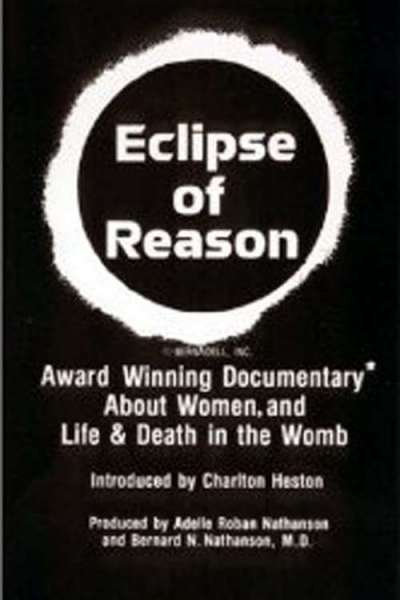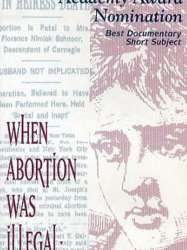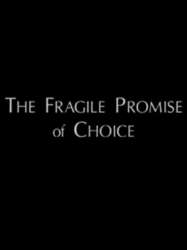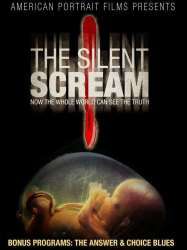Eclipse of Reason is a american film of genre Documentary with Charlton Heston
Eclipse of Reason (1987)

If you like this film, let us know!
Eclipse of Reason is a 1987 pro-life documentary video directed, filmed, and narrated by Bernard Nathanson, with an introduction by Charlton Heston. Eclipse of Reason is a follow up to Nathanson’s first film The Silent Scream. The film is perhaps most known for its controversial depiction of a dilation and evacuation (D&E) abortion. The subject matter of this film focuses more on the moral implications of abortion. It served as Nathanson’s call to the women of the world to end the practice of abortion. This film, as well as The Silent Scream, was instrumental in the Right to Life Committee's garnering the attention of the United States public regarding the issue of abortion.
Eclipse of Reason represented the argument that the fetus is human, and therefore abortion is murder, a belief in line with the pro-life movement. The film also serves to combat critics to The Silent Scream who argue that, although Nathanson claimed the film relied only on imagery and not pejorative speech, the film was heavily reliant on upon the language of the narrator. Therefore, Eclipse of Reason delivers the same message that abortion is murder, with similar imagery as its predecessor The Silent Scream; however, to avoid the previous appropriation of language over imagery Eclipse of Reason asks it viewers to consider reason rather than using emotionally charged narration.
Actors

Charlton Heston
(Narrator)
Comments
Leave comment :
Suggestions of similar film to Eclipse of Reason
There are 75 films with the same actors, 8961 with the same cinematographic genres, 9915 films with the same themes (including 14 films with the same 4 themes than Eclipse of Reason), to have finally 70 suggestions of similar films.If you liked Eclipse of Reason, you will probably like those similar films :

While I Run This Race (1967)
Directed by Edmond Levy
Origin USA
Genres Documentary
Themes Documentaire sur une personnalité
Actors Charlton Heston
Rating62%





 , 28minutes
, 28minutesDirected by Dorothy Fadiman
Origin USA
Genres Documentary
Themes Pregnancy films, Films about sexuality, Documentary films about historical events, Documentaire sur une personnalité, Documentary films about health care
Rating67%





 , 1h45
, 1h45Origin USA
Genres Documentary
Themes Pregnancy films, Films about sexuality, Documentaire sur une personnalité, Documentary films about politics, Documentary films about health care, Political films
Rating63%





Il relate les événements majeurs tels que la marche annuelle pour la vie de Washington et la marche pour la vie des femmes.

Live Free or Die (1999)
, 1h10Genres Documentary
Themes Pregnancy films, Films about sexuality, Documentaire sur une personnalité, Documentary films about health care
Rating71%





 , 57minutes
, 57minutesDirected by Dorothy Fadiman
Origin USA
Genres Documentary
Themes Pregnancy films, Films about sexuality, Documentary films about historical events, Documentaire sur une personnalité, Documentary films about politics, Documentary films about health care, Political films
Rating66%






The Silent Scream (1984)
, 28minutesOrigin USA
Genres Documentary
Themes Pregnancy films, Films about sexuality, Documentaire sur une personnalité, Documentary films about health care
Rating51%





Dans ce film, Bernard Nathanson, ancien avorteur repenti, sert à la fois d'expert médical et de narrateur. Il décrit les événements de l'avortement « du point de vue de la victime ». Le film compile une série d'images floues de nature échographique. Nathanson montre au grand public les instruments utilisés pour un avortement typique et prétend que la tête, même à la gestation de 12 semaines, sera trop grande pour entrer dans le dispositif d'aspiration ; il montre alors comment les forceps sont utilisés pour écraser le crâne, où les ondes cérébrales, d'après lui, ont été actives pendant six semaines.

12th & Delaware (2010)
, 1h20Directed by Heidi Ewing, Rachel Grady
Origin USA
Genres Documentary
Themes Pregnancy films, Films about sexuality, Documentaire sur une personnalité, Documentary films about health care
Rating72%






After Tiller (2013)
, 1h27Origin USA
Genres Drama, Documentary
Themes Pregnancy films, Films about sexuality, Documentaire sur une personnalité, Documentary films about health care
Rating73%





The film follows the daily work and lives of doctors LeRoy Carhart, Warren Hern, Shelley Sella, and Susan Robinson, the only four doctors in the United States who openly perform late-term abortions after the 2009 assassination of Dr. George Tiller.
 , 57minutes
, 57minutesDirected by Dorothy Fadiman
Origin USA
Genres Documentary
Themes Pregnancy films, Films about sexuality, Documentaire sur une personnalité, Documentary films about health care
Actors Dorothy Fadiman
Rating72%






Spin (1995)
, 56minutesGenres Documentary
Themes Pregnancy films, Films about sexuality, Documentary films about historical events, Documentaire sur une personnalité, Documentary films about politics, Documentary films about health care, Political films
Actors Jon Voight, Larry King
Rating78%





 Connection
Connection